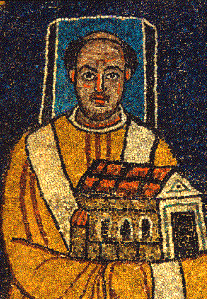A Very Chocolatey Easter
Italians, especially younger ones, will consume their fair share of chocolate in the coming days, mostly in the form of hollow chocolate eggs containing surprises inside.
 |
| What's inside? |
Although big-name brands such as Kinder, Motta, Perugina and Nestlè may top sales, Italy's many artisanal chocolatiers keep up their end and compete on both quality and price.
 | |
| Vintage Easter |
Presented at the Roman shopping center Euroma 2 in 2009, the Guinness World Record for the Largest Chocolate Egg in Europe was set with an egg 6 meters high made from 2,500 kilos of dark chocolate.
 |
| Sales of the chocolate went to earthquake relief for Aquila |
Chocolate Trivia: Italians consume an average of 4 kilos of chocolate annually (Great Britain tops the list at 9.5 kilos per head). Dark chocolate is favored over milk chocolate and consumption varies greatly between North and South: 67% is consumed in northern Italy while only 9% in Southern Italy, according to the Association for Italian Chocolate Lovers.
Passover (Pesach) Foods in Italy
The special dietary restrictions observed by Jews during Passover are often inspiration for creativity in the kitchen: A vegetarian lasagna made with matzo instead of egg pasta?
That is one of ideas suggested on the mouth-watering food blog www.labna.it (mostly in Italian). Their kosher-for-Passover recipe for amaretti (almond cookies), which we've translated to English, came from a treasured notebook handed down from nonna (grandmother). |
| Amaretti |
AMARETTI DELLA NONNA
Beat egg whites until very stiff; refrigerate. Process almonds until finely ground; mix almonds with sugar. Stir together egg whites with almond mixture to obtain a thick batter. Form into small balls, pressing them down slightly as you set them on a baking sheet covered in baking paper. Bake in a preheated oven at 150° C (300° F) for roughly 45 minutes, or until dry and crisp. Keep an eye on the oven! Though amaretti take a long time to bake, they take no time at all to burn, especially on the bottoms.
- 300 g almonds (1 and 1/2 cups ground)
- 200 g (7/8 cup) sugar
- 2 egg whites




